Imagine a guitar so radically different it reshaped the entire landscape of music. With its almost otherworldly appearance and game-changing sound, the Rickenbacker Frying Pan did just that. As I delve into the fascinating history of electric guitars, I am struck by how this small, circular creation sparked a revolution. It was 1931, and musicians stood at a crossroads, unaware of the electrifying promise contained in the aluminum casing of this peculiar instrument. The story of how this unassuming “frying pan” conquered the hearts of guitarists worldwide serves as a testament to the power of innovation in music technology. From the very first strum, the Frying Pan defied expectations and ushered in a new era of amplified sound. Join me as we explore its creation, the visionaries behind it, and its enduring legacy in shaping how musicians interact with their instruments. This journey promises to reveal the profound impact of an invention that started with a simple, yet revolutionary idea.
What is the Rickenbacker Frying Pan?
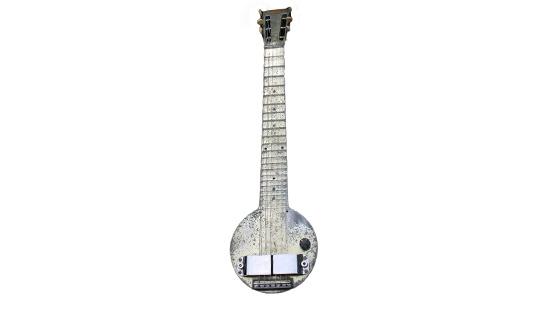
Imagine an instrument that balances form and function so perfectly that it changes the trajectory of modern music; welcome to the Frying Pan. As a luthier deeply passionate about guitar craftsmanship, I find the Rickenbacker Frying Pan to be an iconic marvel in the lineage of electric guitars. Its name comes from its distinct *Frying Pan shape*, a design that is both witty and purposeful. This electric lap steel guitar was the first of its kind, revolutionizing the sonic landscape with its electric amplification in the early 20th century.
The Frying Pan was more than innovative; it was transformative. Its unique aluminum body allowed for enhanced resonance and durability, setting it apart from its wooden counterparts. The ergonomic design aimed not solely for aesthetic appeal; its shape allowed musicians to play with greater *ease and precision*. This philosophy of merging function with beauty is one I apply in my own work, striving to create instruments that offer both visual allure and exceptional *playability*.
To hold a Frying Pan is to grasp a pivotal chapter of music history. It captures the spirit of invention, symbolizing a departure from traditional acoustic limitations. This electric lap steel not only expanded musical expression but also signaled the dawn of an era where electric guitars would become a staple in music across the globe. Being intimately familiar with its design and impact allows me to appreciate and share, in depth, what makes this instrument so unmistakably significant.
Who Designed the Frying Pan?
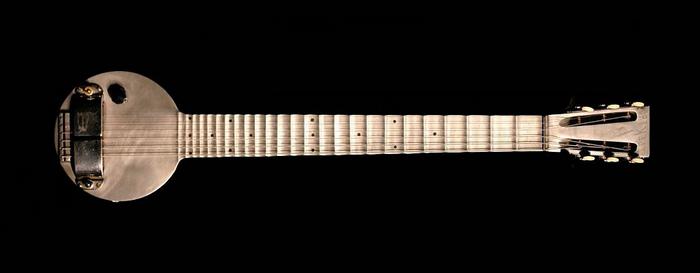
What drives an inventor to create a new instrument that will change the world of music? George Beauchamp’s vision was unparalleled. As I delve into the intricacies of the Rickenbacker Frying Pan’s creation, I find myself consistently awed by Beauchamp’s inventive spirit. With my engineering background, I can appreciate the blend of *art and technology* he achieved in his guitar design. His innovative approach wasn’t merely a lucky accident but a calculated transformation of musicality.
George Beauchamp, a self-taught musician, was fueled by an insatiable curiosity to push the boundaries of sound. He envisioned an instrument capable of producing the vibrant electrical tones that acoustic guitars couldn’t offer. His design of the Frying Pan was both revolutionary and emblematic of his artistic foresight. It was the *first electric lap steel guitar*, marking a significant leap in how we perceive and create music today. Beauchamp’s design laid the groundwork for electrified performances, forever altering the musical landscape.
When Was It Invented?
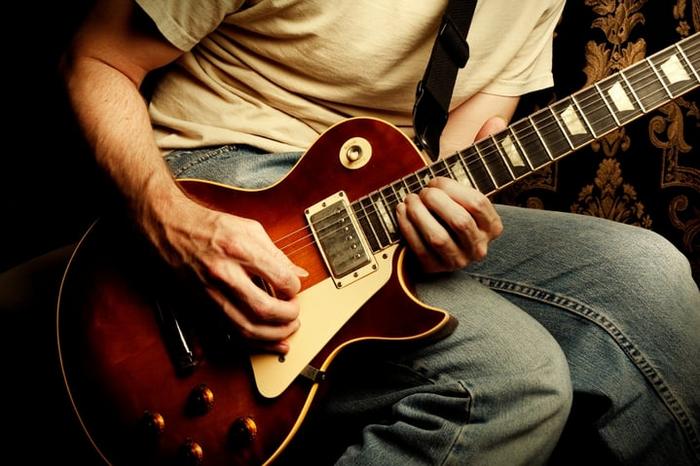
As someone deeply embedded in the history of electric guitars, I’ve always held a particular fascination for the transformative innovations that shaped modern music. Among these, the Rickenbacker Frying Pan stands out. The year was 1931, a pivotal moment in music history when the Frying Pan emerged, forever altering the landscape of sound. It was not just another addition to the realm of string instruments; it was a groundbreaking leap towards the electric era.
This electric marvel was born in an era craving new sounds, an era where amplification was becoming increasingly essential for musicians. My extensive research has underscored how the Frying Pan was a trailblazer, paving the way for the development of vintage electric guitars that followed. Crafted with an aluminum body and resembling a literal frying pan, its design was as unconventional as its impact was enduring.
The genius behind this milestone was George Beauchamp, a visionary who partnered with Adolph Rickenbacker. Their collaboration gave us a prototype that defied expectations, offering musicians an amplified sound that was previously unimaginable. As enthusiasts of guitar history, we acknowledge this invention not merely as an artifact but as a milestone in electric guitar history, one that influenced every electric guitar crafted since.
Witnessing how the Frying Pan innovatively integrated electrified sound into the mainstream has been nothing short of exhilarating. It allows us, even today, to appreciate the audacious spirit of invention—a spirit that continues to echo in every chord strummed on today’s electric guitars.
Where is the Frying Pan Produced?
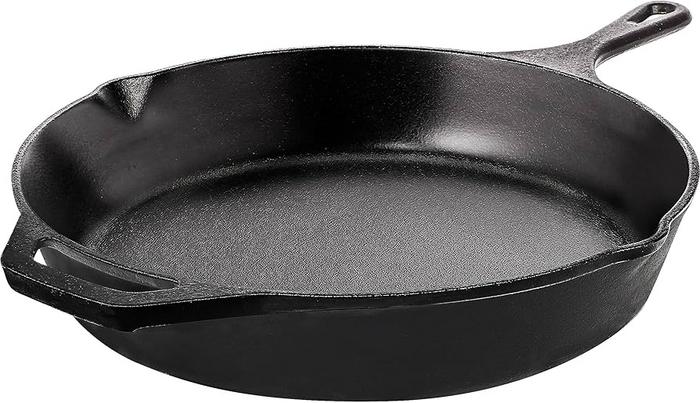
Ever wondered where groundbreaking musical instruments are born? The origins of the Frying Pan reveal a fascinating blend of craftsmanship and innovation. My years in lutherie have taught me that the process of crafting an instrument is as crucial as its design. *Frying Pan production* offers an intriguing glimpse into how technological advancement meets artisanal skill. The original Frying Pan, crafted in the early 1930s, was an ambitious project led by Rickenbacker. Located in Los Angeles, the Rickenbacker facility was a hub of innovation, where engineers and craftsmen collaborated to breathe life into this pioneering electric guitar.
These expert artisans employed *revolutionary techniques* that set a new standard for how musical instruments could be engineered and manufactured. Their approach ensured that each Frying Pan guitar not only maintained its unique sound quality but also upheld a high standard of integrity renowned in the industry. Today, Rickenbacker continues to honour this legacy with Frying Pan reissues that pay homage to those original techniques, preserving both craftsmanship and innovation in equal measure.
Having worked closely with similar production methods, I appreciate the dedication to quality and precision that these luthiers uphold. It deepens my respect for how such iconic instruments are more than just their sound—they are a testament to the brilliant minds and skilled hands behind their creation.
Why is the Frying Pan Significant?
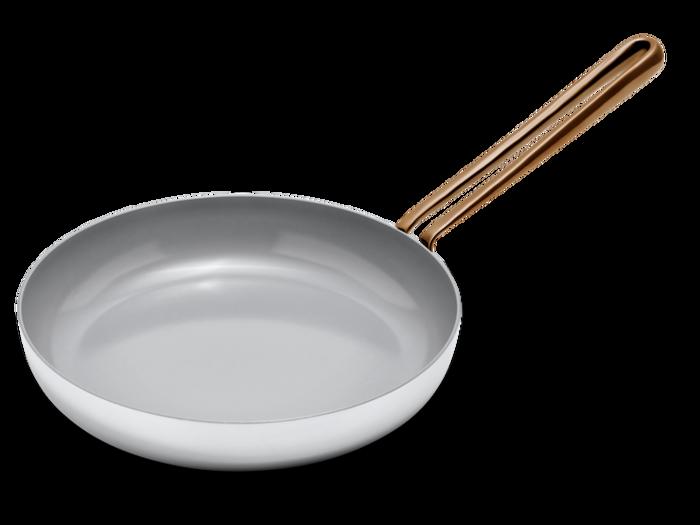
What if a single instrument could redefine genres and inspire legends? The Frying Pan’s significance in music history certainly suggests it can. Reflecting on the evolution of music, I am drawn back to the vibrant era when the Rickenbacker Frying Pan entered the scene. As I examine its impact, it’s evident that this seemingly unassuming instrument catalyzed a monumental shift in the musical landscape.
The Frying Pan was the prototype for solid body guitars, an innovation that broke through the limitations of acoustic volume and feedback. This breakthrough allowed musicians to explore new depths of sound and expression. Famous musicians with Frying Pan models, such as Les Paul and George Beauchamp, paved pathways to creativity that revolutionized how we experience music today. It wasn’t just an instrument; it was a tool of transformation.
Having watched its influence on legendary artists who were able to craft new music genres, my appreciation for its impact continues to grow. The Frying Pan didn’t just accompany musicians in their creative processes; it elevated them, opening doors to unimaginable sonic possibilities. This instrument’s role in shaping the careers of renowned musicians exemplifies how it was more than just a guitar—it was an innovator’s dream realized.
As I reflect on the artistry borne from this groundbreaking design, it becomes clear that the Frying Pan holds a revered place in music history. Its legacy isn’t merely technical; it’s emotive and transformative, embodying a spirit of innovation that reshaped music eternally.
How to Play the Frying Pan Guitar?
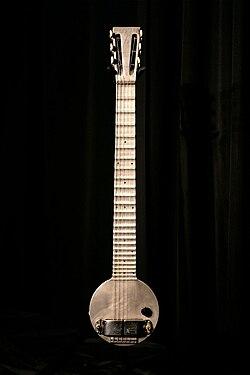
Did you know that mastering the Frying Pan requires not just talent but an understanding of its unique playing techniques? This stunning lap steel electric guitar, known for its revolutionary impact on music history, challenges even seasoned musicians with its distinct characteristics. Having spent years experimenting with its potential, I’ve come to appreciate that playing the Frying Pan is an art that blends traditional Hawaiian guitar methods with innovative electric nuances.
The design, reminiscent of its namesake, suggests simplicity, but the rich, sustained tones it produces are anything but. Tuning a Frying Pan is the first key step. I frequently use the open tunings typical of steel guitar, like C6, to evoke a warm resonance. The Frying Pan celebrates the slide technique with style, enabling expressive glides and emotive vibratos. You might find yourself instinctively drawn to mimic the fluid sounds of classic Hawaiian melodies, which are foundational to maximizing its sound.
Seated comfortably, balancing the Frying Pan across my lap, I embrace the meticulous fingerpicking techniques I’ve honed over time. Each deft motion of the left hand’s slide is counterbalanced by the right hand’s precise picking, ensuring clear articulation and rich tonal quality. By adjusting my attack and hand positioning, I can evoke both gentle whispers and vibrant crescendos.
My exploration of the Frying Pan has taught me that its mastery lies not just in the notes played but in how one’s touch translates to the music’s soulful voice. As I delve deeper into its capabilities, I marvel at each new layer of sound, forever eager to explore more of this instrument’s enchanting potential.
FAQs
What is the Rickenbacker Frying Pan?
Who invented the Rickenbacker Frying Pan?
When was the Rickenbacker Frying Pan introduced?
Why is the Rickenbacker Frying Pan significant?
What materials were used in making the Rickenbacker Frying Pan?
Conclusion
As we close the chapter on the Frying Pan, one question remains: how has this unique instrument influenced the sound of music as we know it? The Rickenbacker Frying Pan is not only a cornerstone in the history of electric guitars but also a testament to the power of innovation. Its creation revolutionized music, marking a pivotal moment where traditional sounds bridged into electrified realms, forever altering how music was composed, played, and perceived. This singular invention laid the groundwork for countless musical evolutions that followed.
From my perspective as a luthier, the Frying Pan’s significance extends beyond its design and functionality. It’s an icon of creativity, illustrating the visionary spirit of its creators. It symbolizes the moment when music leapt into a new era, giving musicians more freedom to explore and push boundaries. Through understanding its impact, we appreciate the art of guitar-making and the ever-evolving soundscape it continues to inspire. As we reflect on its legacy, it’s evident that the Rickenbacker Frying Pan remains a beacon of creativity and audacity in the world of music.

R.M. Mottola, an engineer-turned-luthier, revolutionizes stringed instrument design with his deep focus on acoustics and ergonomics since 1994. As editor of the Savart Journal and a key contributor to American Lutherie, Mottola merges science with artistry in lutherie. He enriches the field with his extensive knowledge, shared through his Liutaio Mottola website, making him a beacon in the world of modern instrument craftsmanship.
